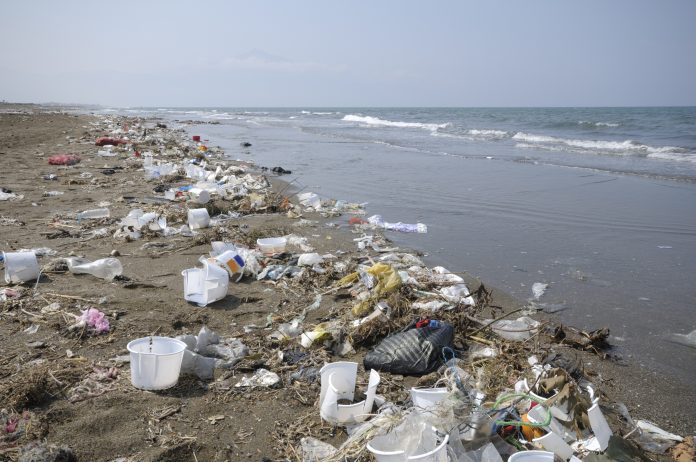Norway, renowned for its pristine fjords and rugged coastline over 28,953 kilometres, faces a mounting plastic pollution crisis
Despite its remote location, plastic debris from around the globe continually washes ashore, highlighting a pervasive global issue.
Contributors to plastic waste
A recent study conducted by researchers from the Norwegian University of Science and Technology reveals concerning statistics: Norway contributes 15,000 tons of plastic waste annually to the environment. This worrying amount shows the urgent need for action. Annually, 758 kilotons of plastics enter the Norwegian market, while 632 kilotons are discarded as waste. Although only 2.4% of this waste ends up in the environment, it translates to 2.8 kilograms per capita. This amount equates to approximately 1.5 billion plastic bottles reaching the environment each year.
Norway, however, is also a proactive supporter in the fight against plastic pollution. By co-chairing the High Ambition Coalition alongside Rwanda, Norway is championing efforts for a global agreement to curb plastic waste. This coalition aims to establish a binding international treaty, setting ambitious targets to halt the flow of plastics into the environment.
Consumers of plastic pollution
The study identifies two major sources of pollution within the Norwegian economy: consumer packaging and tyre wear particles. Consumer packaging, including bottles and bags, accounts for a substantial portion of macroplastics found along Norwegian coastlines. Efforts to restrain this involve reducing consumption and improving waste management practices.
Tire wear particles, another significant contributor, release approximately 6,000 tons of microplastics annually. Addressing this issue requires innovative approaches such as promoting shared mobility options and exploring alternative materials for vehicle tires.
Plastic pollution poses extreme risks to ecosystems and human health. Marine wildlife often mistake plastic fragments for food, leading to entanglement and ingestion. Plastics also contain harmful additives like phthalates and organophosphate esters, which can leach into the environment and pose long-term threats to biodiversity.
The road ahead demands collective action from nations worldwide. As negotiations for a global plastic pollution agreement gain momentum, Norway’s leadership is pivotal in driving ambitious targets and effective policies.











